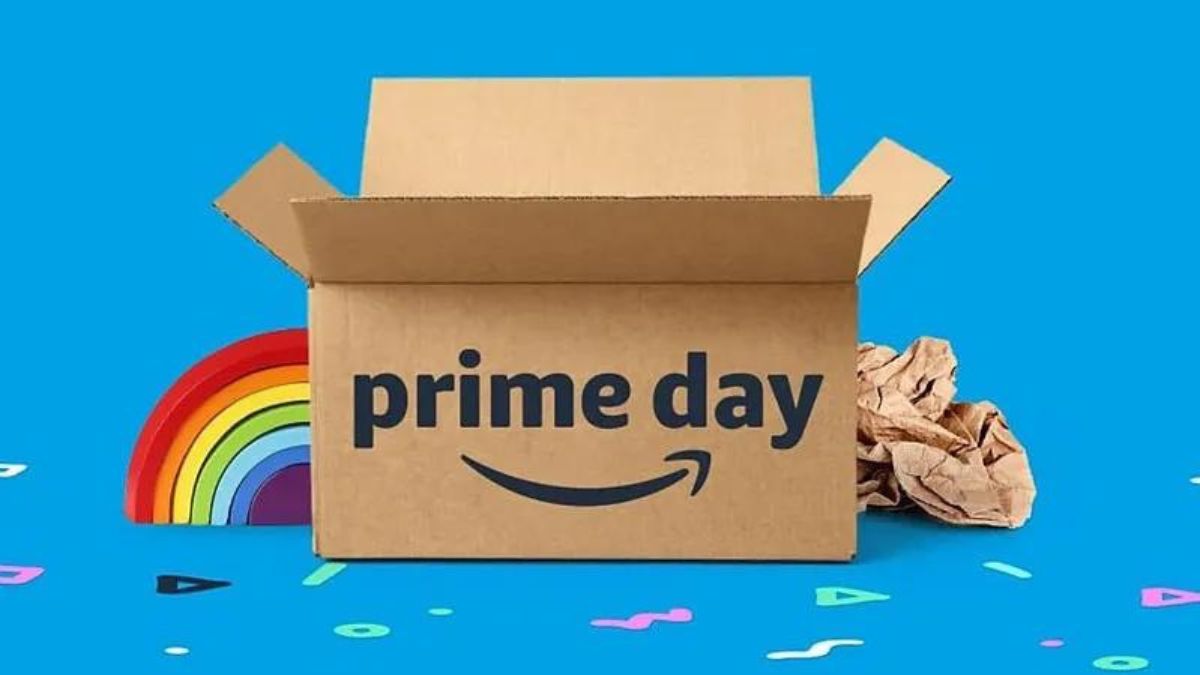
Advertisement
Record-Breaking Event: Amazon’s 48-hour Prime Day event resulted in a significant boost in online spending in the U.S., reaching a record $14.2 billion, according to Adobe Analytics. This marks an 11% increase year over year.
Driving Factors: The surge in spending was attributed to back-to-school shopping and a notable “product refresh cycle,” as consumers purchased new tablets, TVs, and Bluetooth speakers. This contrasts with last year’s event, where inflation-conscious shoppers focused on essentials like pantry staples and office supplies.
Adobe’s Predictions: Adobe had forecasted that U.S. shoppers would spend $14 billion during the two-day event. Adobe’s tracking covers transactions on Amazon as well as various other U.S. retail sites. Prime Day has evolved into a significant revenue driver for other retailers, who often hold concurrent sales.
Amazon’s Success: Amazon announced that it experienced “record-breaking” Prime Day revenue but did not disclose the exact sales figures. The company highlighted the success of its Rufus shopping assistant, powered by generative AI, which helped millions of shoppers by suggesting products and providing order updates. Amazon recently expanded Rufus’s availability to all U.S. users after an initial testing phase.
Shopper Behavior: Numerator, which monitored purchases from over 35,500 households, reported that the average order size increased to $57.97, up from $54.05 last year. Popular items included Amazon-branded Fire TV sticks, Premier protein shakes, and Liquid IV packets. Top categories were home goods, household essentials, apparel, and shoes.
Shift in Shopping Trends: Numerator analyst Amanda Schoenbauer noted a change in shopping behavior: “Shoppers purchased fewer big-ticket items than in past years, and fewer participants placed multiple orders throughout the sale, indicating a shift to more conscious shopping and a preference for saving over splurging.”
Conclusion: Amazon Prime Day continues to be a major event in the retail calendar, driving substantial online sales and influencing shopping trends across various categories. The introduction of AI tools like Rufus further enhances the shopping experience, contributing to the event’s success.
